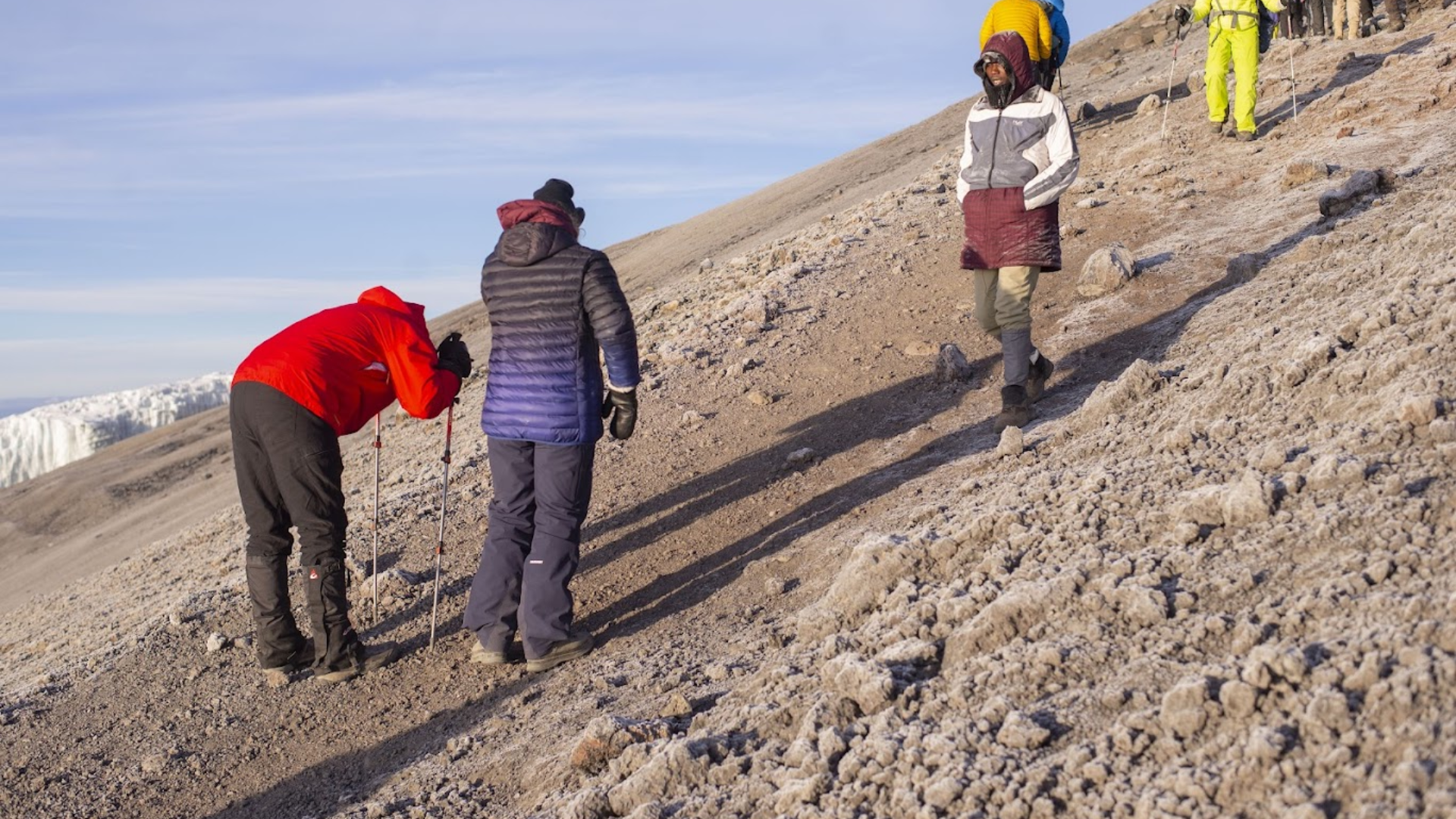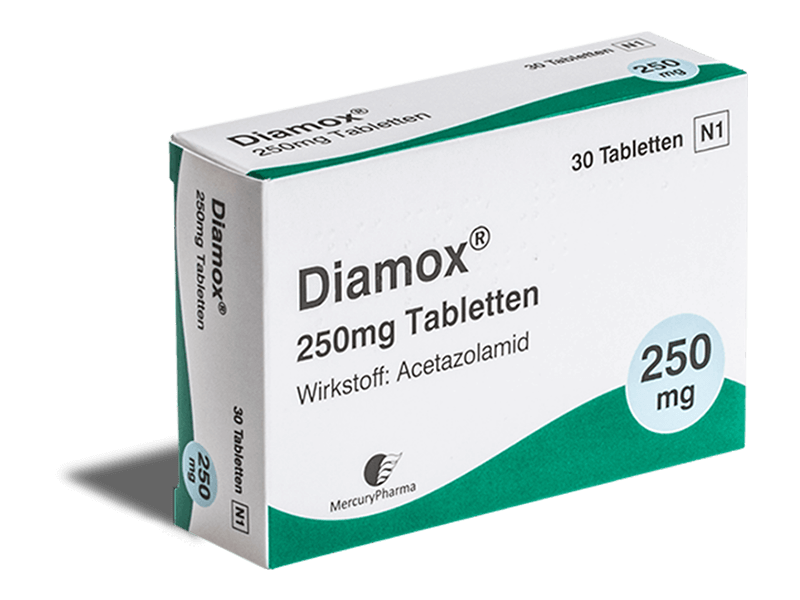If you like mountaineering, you’ve probably heard about Diamox. Let’s discuss its use and benefits!
Kilimanjaro’s peak stands at an impressive 19,341 feet above sea level, categorized as “extreme altitude.” Unlike Everest, supplemental oxygen isn’t necessary to conquer Uhuru Peak safely.
However, the threat of altitude sickness and related complications looms large, often causing climbers to turn back or fail to reach the summit. Altitude sickness can affect even the fittest hikers. While gradual acclimatization is ideal, allowing your body to adjust slowly, a medication called Diamox can facilitate this process.
Note: This article and its information are not meant to diagnose, treat, prevent, or cure any condition. It’s essential to consult your healthcare professional before considering any suggestions here.
What is Diamox?
Diamox, or acetazolamide, is commonly used to treat glaucoma, certain forms of epilepsy, and edema resulting from heart failure or drug-induced causes.
In the climbing community, it’s utilized to expedite acclimatization during a well-planned ascent.
This oral prescription medication requires a doctor’s consultation to determine its suitability for you. Individuals with pre-existing conditions or kidney and liver issues may find it unsuitable.
According to the Wilderness Medical Society, Diamox can notably reduce the occurrence and severity of altitude sickness by hastening the body’s adaptation mechanisms. Several studies confirm that when combined with proper acclimatization practices, trekkers who take low doses of this medicine are less likely to develop mountain sickness, and if they do, its impact is generally milder.
Diamox doesn’t cure altitude sickness; it’s used as a preventive measure.
How Does Diamox Work?
Acetazolamide, a sulfonamide medication, prompts the kidneys to eliminate bicarbonate. This action re-acidifies the blood, tricking the body into believing there’s an excess of carbon dioxide. This acts as a respiratory stimulant. The diuretic effect leads to increased urination, while the breathing stimulation helps counter the periodic breathing pattern during sleep.
Taking this medicine leads to deeper breathing and more frequent urination.
Side Effects & Interactions of Diamox
Climbers often report these main side effects:
- Increased Urination: Diamox’s diuretic nature requires maintaining hydration to balance its effects.
- Altered Taste Sensations: In some cases, certain foods or drinks might taste different.
- Tingling or Numbness: Typically experienced in the hands, feet, or face.
- Nausea and Gastric Disturbance: Dizziness and confusion are rare but can be ruled out with a trial dose.
- Interaction with Other Medications: Diamox can interact with existing medications. Checking labels and consulting a doctor is advised.
Dosage of Diamox on Kilimanjaro
As recommended by the Wilderness Medical Society, a dosage of 125mg twice daily is suggested, starting two days prior to your climb’s commencement. Dr. Peter Hackett from the Institute for Altitude Medicine supports this recommendation. Some individuals find half this dosage effective as a prophylactic measure.
Debunking Diamox Myths
Myth: Diamox masks altitude sickness symptoms.
Reality: It accelerates natural acclimatization and doesn’t conceal symptoms.
Myth: Diamox ensures freedom from altitude sickness.
Reality: Altitude sickness can still occur, but Diamox aids acclimatization.
Myth: Diamox prevents altitude sickness from worsening.
Reality: It won’t protect you from mountain sickness if you’re already symptomatic.
Myth: Diamox is essential for Kilimanjaro summit.
Reality: Many climbers summit safely without it.
Myth: Using Diamox is cheating.
Reality: It accelerates natural acclimatization, increasing summit success chances.
Myth: Stopping Diamox worsens symptoms.
Reality: Discontinuing it doesn’t worsen acclimatization.
Should You Use Diamox?
Consult your physician for personalized advice. If allergic to sulfa medications, avoid it. Taking unnecessary medication is a personal choice; some climbers opt for it to maximize elevation performance, while others prefer natural methods.
With your doctor’s approval, consider a 2-4 day trial of Diamox before your Kilimanjaro journey to identify any side effects and avoid confusion with altitude sickness.
Alternative Acclimatization Approaches
Natural remedies claim various benefits, but Diamox remains the only consistently tested medication.
A few common alternatives include Gingko Biloba, Coca leaves, Beetroot, and Garlic. Remember that consistent scientific evidence is lacking for these options.
Note About Ibuprofen
For minor pain relief, ibuprofen is preferable on Kilimanjaro. Consult your guide before taking it, as it might mask early altitude sickness symptoms.
Malarone and Malaria Awareness
Though mosquitos are rare above 6000ft on Kilimanjaro, malaria risk exists in areas like Moshi or Arusha.
Talk to your doctor about antimalarial prophylaxis, like Malarone, with minimal side effects. Prophylaxis doesn’t guarantee immunity; precautions like mosquito repellents, nets, and clothing are crucial.
Closing Thoughts
Acclimatization is key. Opt for a longer route and pace yourself. Stay hydrated, and if you choose Diamox, adjust water intake accordingly. Promptly notify your guide of any discomfort.
Still have questions? Reach out for guidance in selecting your route or planning your Tanzanian adventure.
If you liked this article, you might also like our How to Get to Moshi.










Comment (0)